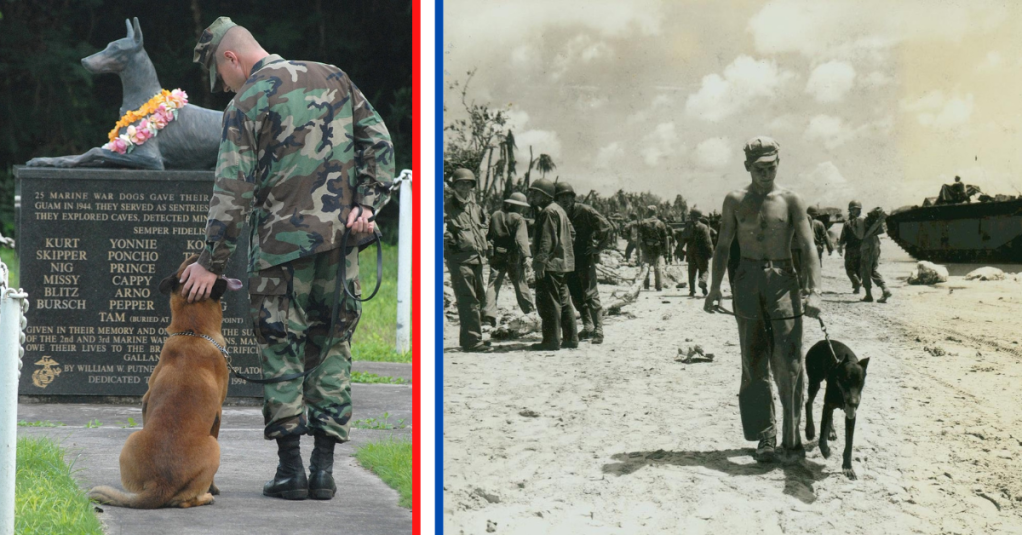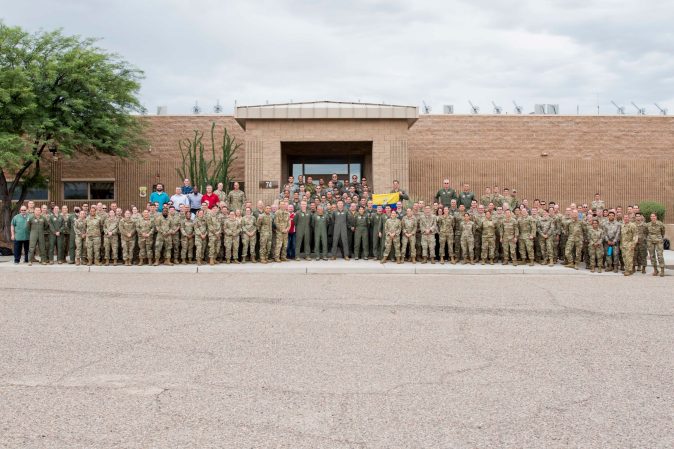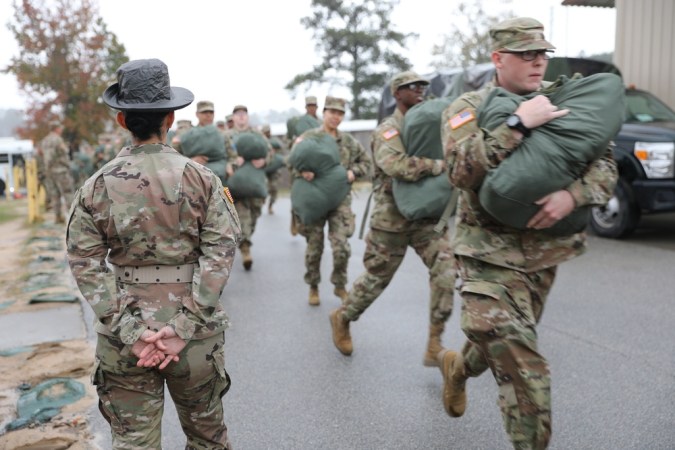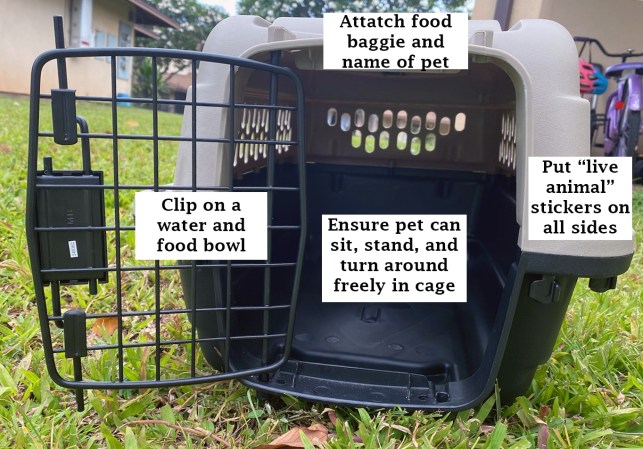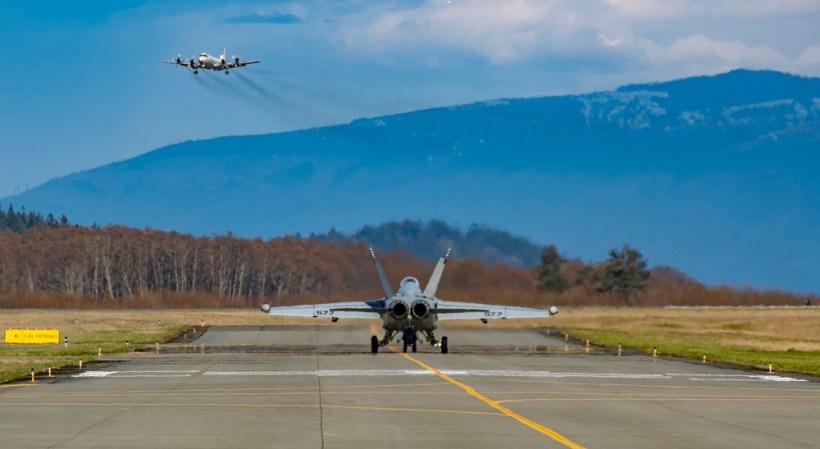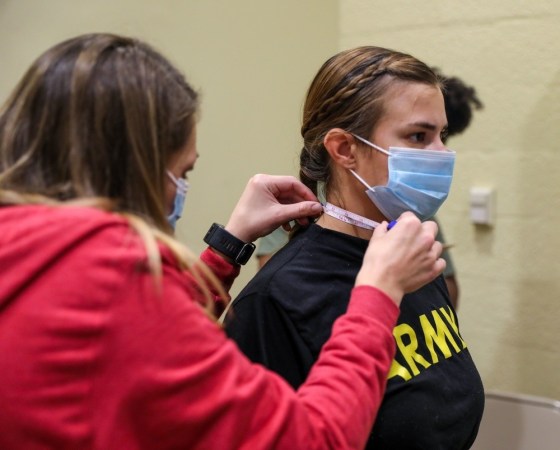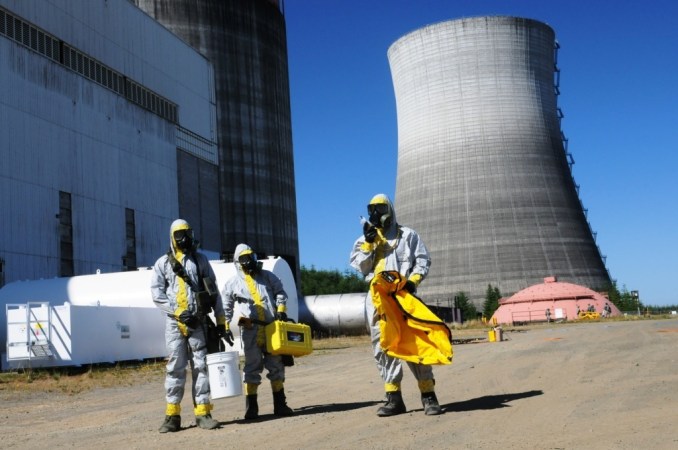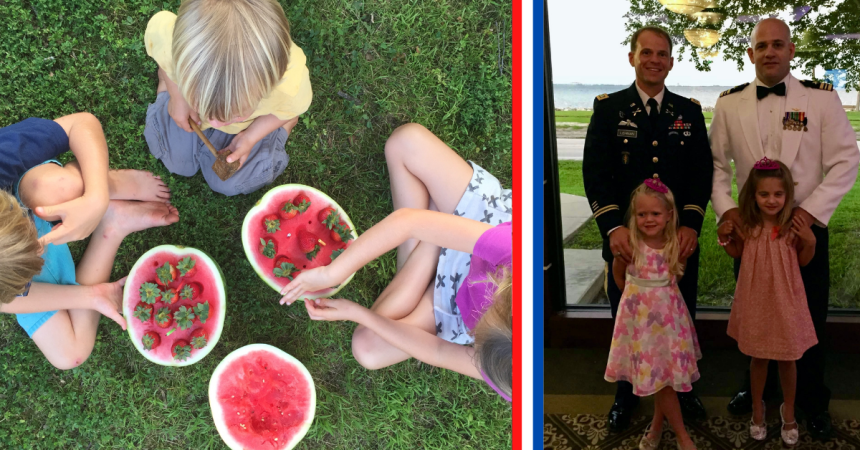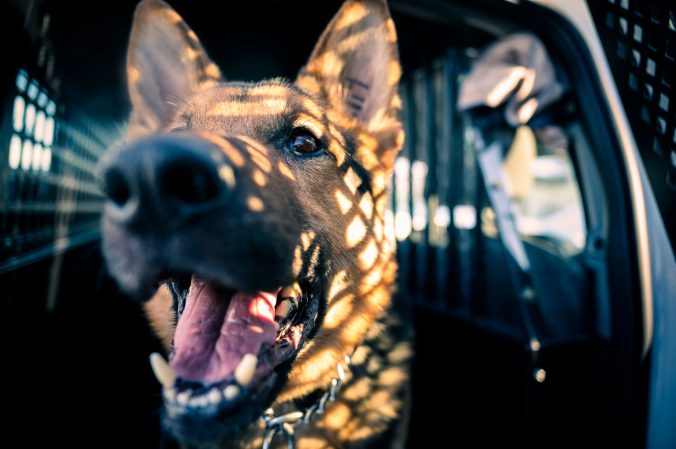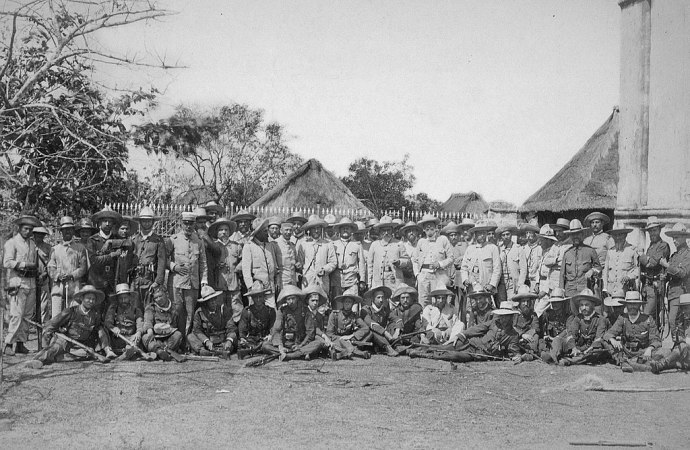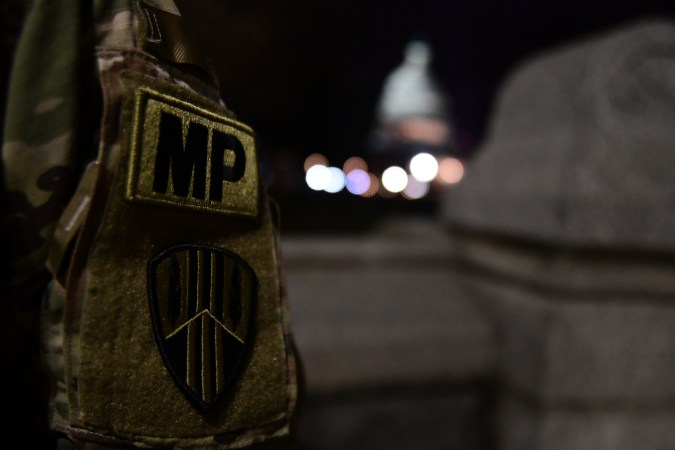Military working dogs are a crucial part of America’s armed forces. With their keen senses, athletic build and fierce loyalty, dogs have served alongside human handlers in many of conflicts. During WWII, the U.S. expanded its use of war dogs to root out Japanese defenders entrenched on Pacific islands. Many of these dogs were killed in action, which led to the creation of the National War Dog Cemetery.

Located in the western Pacific, the island of Guam has been a U.S. territory since 1898 when it was acquired following the Spanish-American War. It hosts American military installations, making it a target for the Japanese during WWII. Along with Pearl Harbor and the Philippines, Guam was hit by a surprise attack. The Japanese captured the island on December 10, 1941.

Two and a half years later, In July 1944, U.S. Marines launched an amphibious invasion to retake Guam. Alongside the 3rd and 77th Marine Divisions, the 2nd and 3rd War Dog Platoons participated in the Second Battle of Guam. Serving as sentries and scouts, the dogs and their handlers participated in over 450 patrols. The dogs were used to explore intricate cave systems, detect explosive traps and guard sleeping Marines.

One dog, a Doberman named Kurt, was praised by Capt. William W. Putney in his book Always Faithful: A Memoir of the Marine Dogs of WWII. Kurt is credited with saving the lives of 250 Marines after he warned them of a numerically superior Japanese force. During the ensuing battle, Kurt and his handler, Pfc. Allen Jacobson, were wounded by a Japanese mortar. Jacobson refused treatment until Kurt was evacuated. Tragically, Kurt died of his wounds, becoming one of the first war dogs KIA on Guam. Sixty war dogs served during the battle; 25 were killed, and 20 more were wounded.

Fallen Marines, both human and canine, were buried at Asan, where the invasion of Guam started. The plots later had white headstones added to form a cemetery. Although human remains were eventually repatriated to the continental U.S., the fallen war dogs were left behind and largely forgotten, their graves overgrown with weeds. Putney, who commanded the 3rd War Dog Platoon, lobbied for the creation of a memorial and raised funds for it with the help of the United Doberman Club.

In June 1994, the War Dog Memorial monument was unveiled at the Pentagon before it was shipped to Guam. Along with the monument, the war dog remains and markers were moved to a new cemetery aboard Naval Base Guam. The memorial was dedicated on July 21, 1994, to commemorate the 50th anniversary of the battle. The Doberman sculpture atop the monument is Kurt and is appropriately titled Always Faithful.


